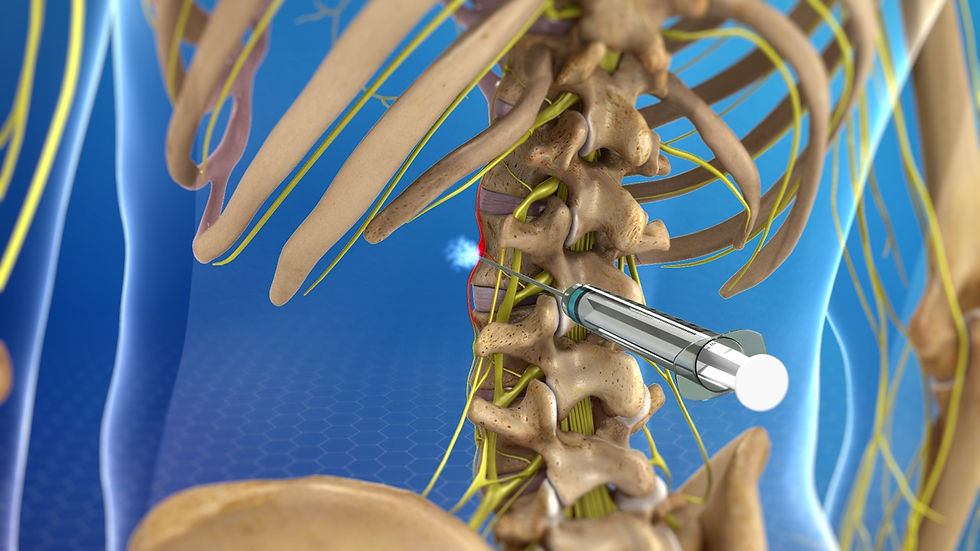LUMBAR SYMPATHECTOMY
OR
SYMPATHETIC BLOCK

Reasons to perform the procedure:
This procedure is generally offered if excessive activity of sympathetic tone in your nervous system appears to be contributing to the pain in your feet/legs. This overactivity generally causes restriction of the blood flow to the feet/legs and is commonly observed in Complex Regional Pain Syndrome. Please note the phrase “lumbar nerve block” is vague and it is best to avoid using it. {Sympathetic nerve block for CRPS” is also a commonly used terminology.
Other established medical conditions in which lumbar sympathectomy may be helpful include lower extremity ischemic pain due to advanced peripheral vascular disease, Reynaud’s or Thromboangiitis obliterans.
Before the Procedure:
You will be informed where and when to report for the procedure. You may be asked not to eat or drink after midnight the night before. You will be examined by your doctor and asked to rate your pain.
Description of the Procedure:
Once the informed consent has been obtained, your specialist anaesthetist will insert an intravenous (IV) catheter in your hand or arm, and you shall be placed in prone position which means laying on your abdomen throughout the procedure or alternatively on your side.
After this, your specialist anaesthetist is going to provide anaesthetics to produce a twilight or sedation experience to ensure you are comfortable and safe. After preparing the skin of the lower back with antiseptic solution and under the X-ray guidance, your pain specialist is going to insert a needle through the skin to reach the target area before injecting of local anaesthetic with or without steroid. (other medications can also be utilized to extend the longevity of the block).
After the Procedure:
You will be asked to rate your pain. You will go to the recovery room to be monitored. Your IV will be discontinued, and you will be discharged home.
Potential Complications:
-
Bleeding: Although this is uncommon, but you need to inform your doctor and nurses if you are taking any blood thinners to reduce this risk.
-
Infection and allergic reaction.
-
Failure to respond to therapy.
-
Damage to kidney or other parts of urinary tract: this also is uncommon but becomes evident if there is some blood in the urine. Generally, this is self-limiting but please advise your doctor if you experience this.
-
Damage to the nerves; inadvertent nerve damage during the procedure might lead to pain or numbness around the upper thigh.
Follow-up:
-
You may be requested to keep a pain diary to help you keep track of your pain. You will receive further instructions from your doctor.
